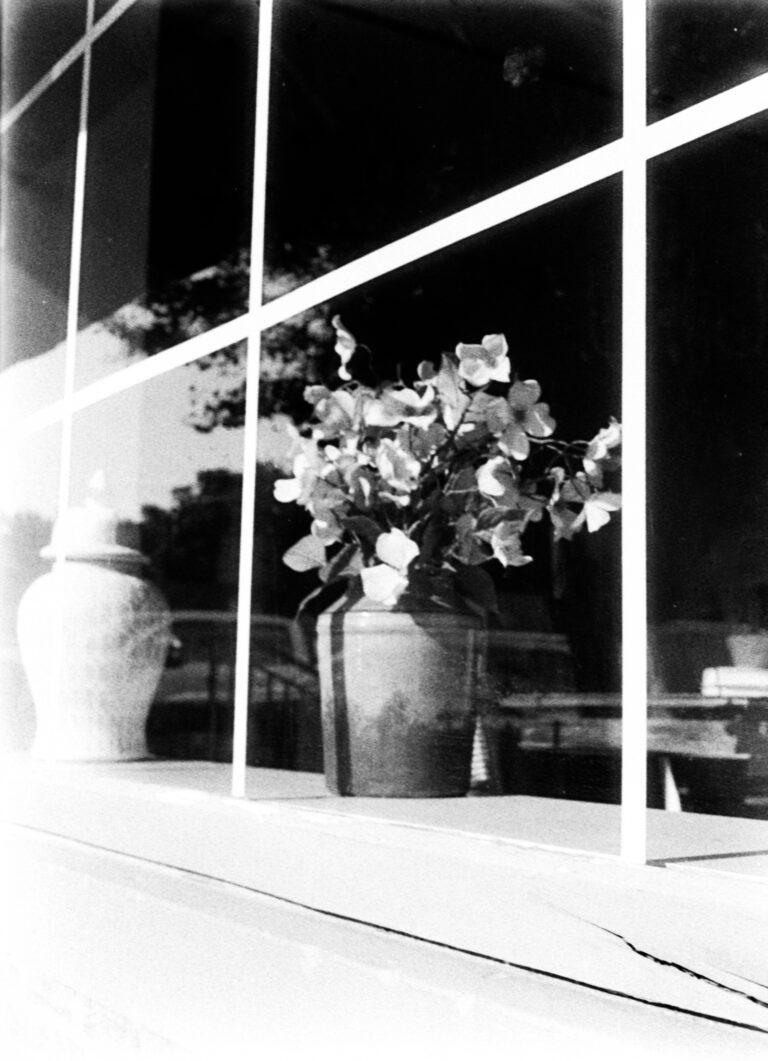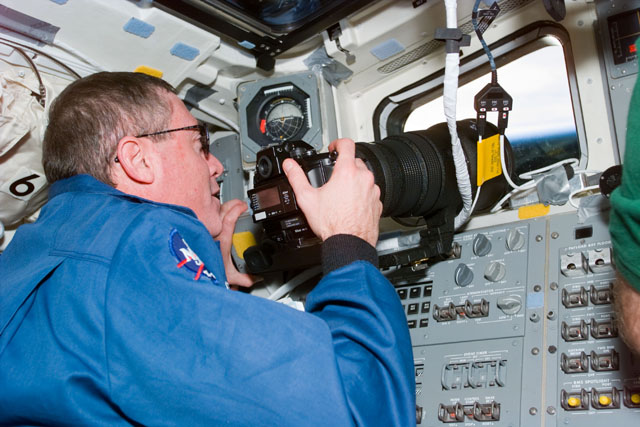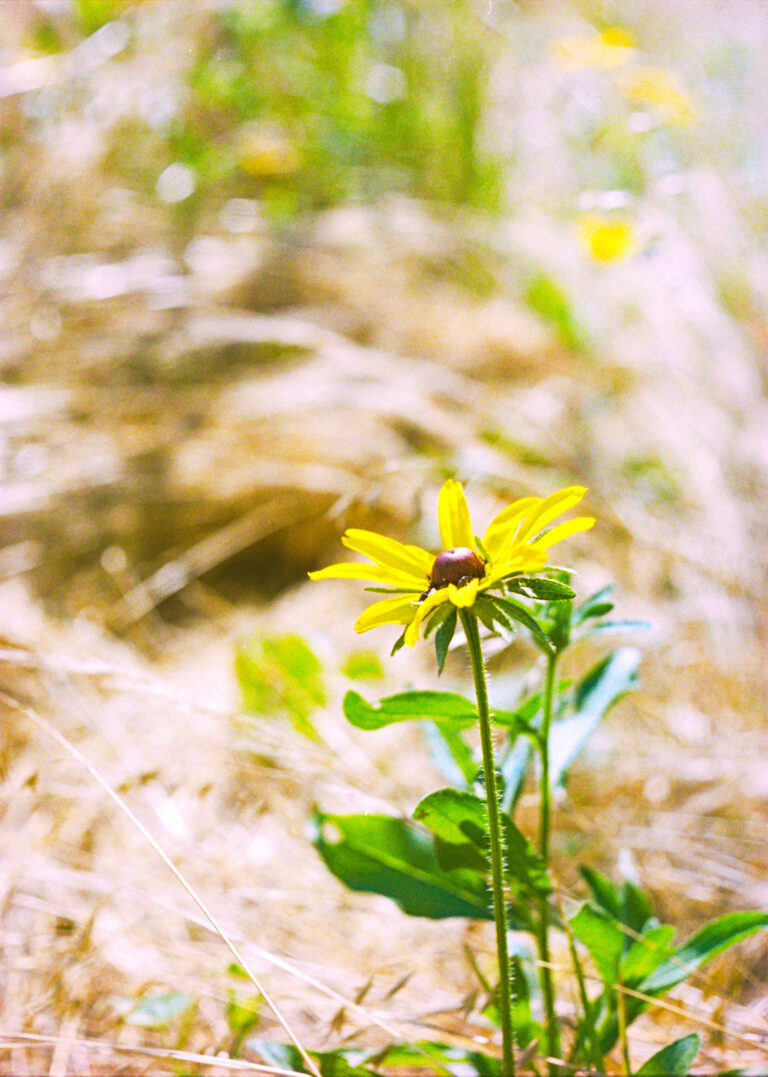So you just came across an old roll of Kodak Gold Max at a garage sale, and you’re wondering if it’s even worth your time and money to shoot and develop it. The answer, you’ll find, is a resounding “probably”! Read on to find out!

Why would you want to?
Good question, me! If you’ve never shot old film before, your context for ‘expired’ might be the milk in the back of your fridge, or maybe the rock-hard cookies you forgot about from Christmas. In short, no good anymore.
This is not necessarily the case though, especially if you like to experiment. Some of my favorite photos were shot on expired film!



You can expect to see pronounced grain, color shifts, interesting color rendering, and an overall “vintage” look. What you’re going to get is always a surprise and a mystery though, which is half the fun in my opinion.
When you might not want to
Don’t shoot your wedding pics on expired film. The success rate is higher than you might think, but you’re still taking a gamble, especially with higher speed stuff. That said, I’ve only had one complete letdown in the dozens of rolls of expired film I’ve shot.
We also have to talk about Kodachrome. I don’t recommend shooting it in the modern day; the chemistry for developing it hasn’t been made in many many years. The best anyone can do right now is develop it as a pretty lackluster black and white film. Maybe someday someone will reverse engineer the chemistry, but I wouldn’t hold my breath.
I’m also wary of REALLY expired film. Personally the oldest I would recommend trying is mid-late 90s. But I’ve never shot anything that old, so I guess what I’m saying is you’re on your own if you do.
Expired slide film (AKA color reversal; it will probably say process E-6 somewhere on the canister) is also a bit questionable. Because slide film does not handle overexposure well, it’s best to always shoot it at box speed (i.e. the film’s native ISO rating). If it’s been stored well, this may work great. If it hasn’t been stored so well, probably not. For really old slide film, the recommendation is usually to cross-process as color negative. Personally, I would rather roll the dice on processing it as E-6.

What causes film to expire?
There’s a couple factors. If I can oversimplify for a second, film is essentially a light-activated chemical reaction on a strip of plastic. The problem occurs when something other than light triggers that reaction. Background radiation is one of the main culprits. Over time, random grains of the film get exposed, creating noise photographers call fog. In color film, the dyes can also age and degrade over time (some colors faster than others) giving you those weird colors I mentioned.
Because film is based on a chemical reaction, keeping it cold will make it less sensitive to premature exposure. Think about dissolving sugar in cold vs hot tea. A roll that was stored cold for 20 years might be almost perfect, and a roll that was in a hot attic for 5 years might be useless.
Film speed is also a big factor. Since higher ISO film is more sensitive, it’s more susceptible to fog. I shot this roll of 400 speed film one stop overexposed at 200:

And this roll of 200 speed film from the same place one stop overexposed at 100:

Both of these have been edited to get as much out of them as I could. Unfortunately, the roll of 400 was unrecoverable.
“One stop per decade”?
The supposed rule of thumb for expired film is to overexpose by one stop for every decade expired. So if I had a roll of Fuji Superia 200 from 2004, as of this writing in 2024 I would shoot it as if it were two stops slower, at ISO 50.
But wait before you set that ISO dial. There’s been some push back on the ‘one stop per decade rule’ by a lot of photographers. I’m inclined to agree. For one thing, it doesn’t take into account the speed of the film.

My advice is this: If you only have one roll and you don’t know how it was stored, make an educated guess and hope for the best. I’ve had good results shooting 200 at 100, and 100 at 50. Since faster films fog more easily, I would give more leeway to 400 by shooting it at 100 and 800 at 200. Keep in mind most of my experience has been with 2000s film stored at room temperature.
If you know the film was stored well, you can often shoot it at much higher speeds with good results. If it was stored frozen, (and made this millennium), that often means box speed is fine (e.g. Film Photography Project’s Retrochrome). For cold stored films under 400, I would also feel confident shooting at box speed. You may want to slightly overexpose higher speed films though.
Also, if you have two rolls of the same film from the same place, it goes without saying that you can get an idea how to shoot the second by how the first turned out.
The Bottom Line
In my opinion, the best thing to do is just to get out there and shoot some expired film. You may have some disappointing results from time to time. But with some educated guessing and a little luck, I think you’ll be pleasantly surprised by the results. Happy photography!






